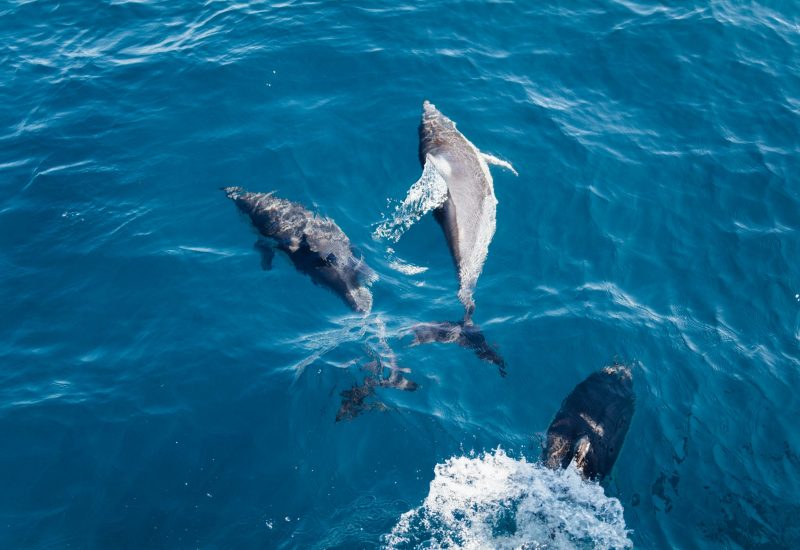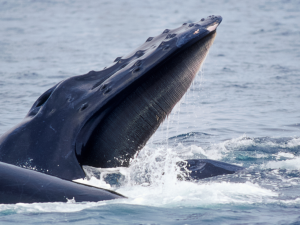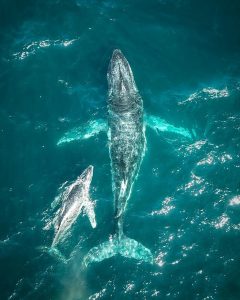In bottlenose dolphins, a group of scientists have used unoccupied aerial systems (UAS, known as drones), to non-invasively measure body morphometrics of individuals, and have been able to successfully detect pregnancy.
The research intended to compare drone imaging with usually used laser photogrammetry to see if it could be used as a substitute, and to explore whether UAS measurements of body width could be used to remotely determine pregnancy status, sex or age class in a well-studied bottlenose dolphin population in Scotland. Data on sex ratios, age classes, reproductive success and health status are key metrics to manage and monitor populations yet can be difficult to collect in wild cetacean.
Results showed that length calculation with UAS and laser photogrammetry showed little difference, thus making it a suitable substitute, but did not lead to the accurate allocation of these bottlenose dolphins to sex or age class using photogrammetry techniques alone.
More significantly however, the study indicates that drone imaging can accurately assess pregnancy in bottlenose dolphins, information which can usually only be obtained once the calves are born.








